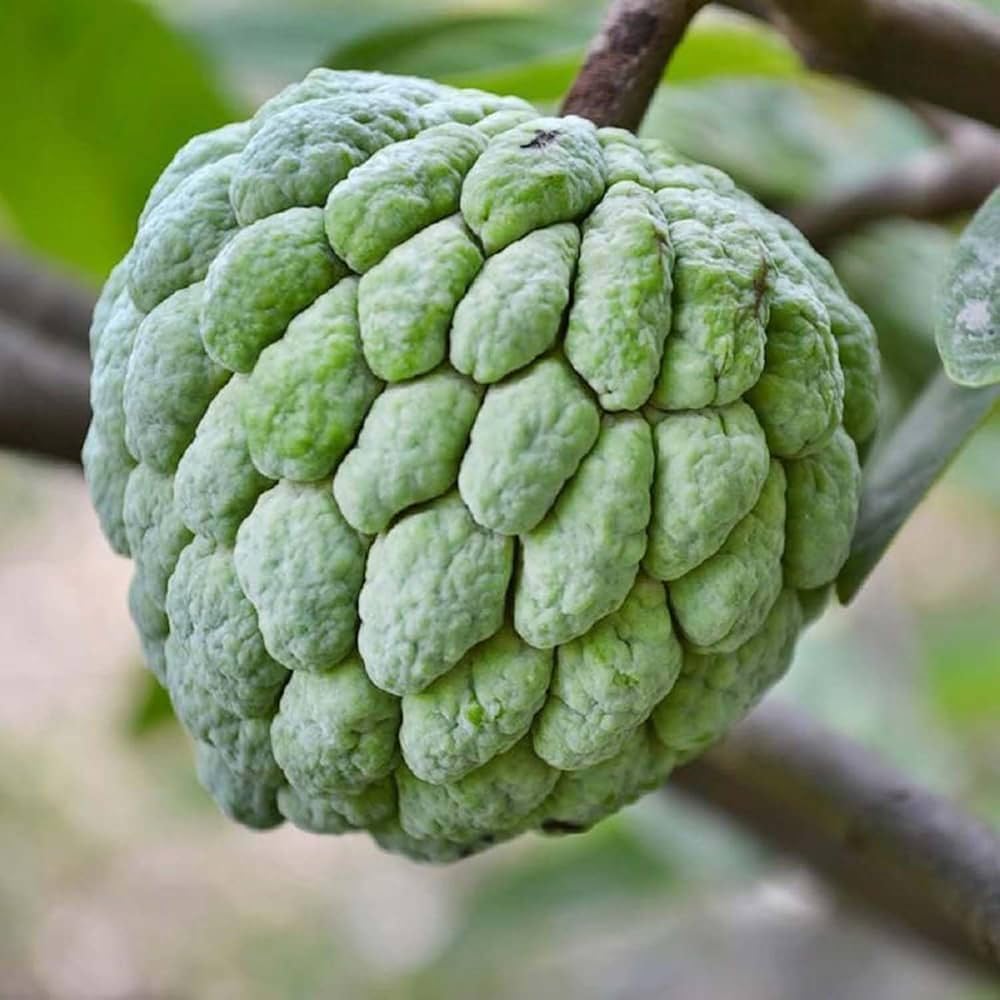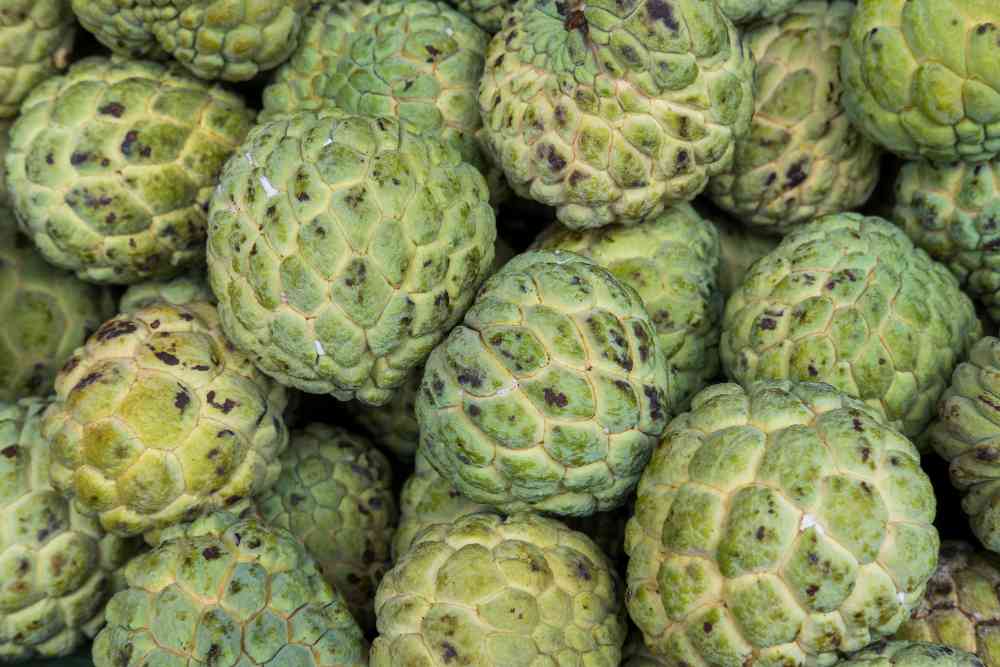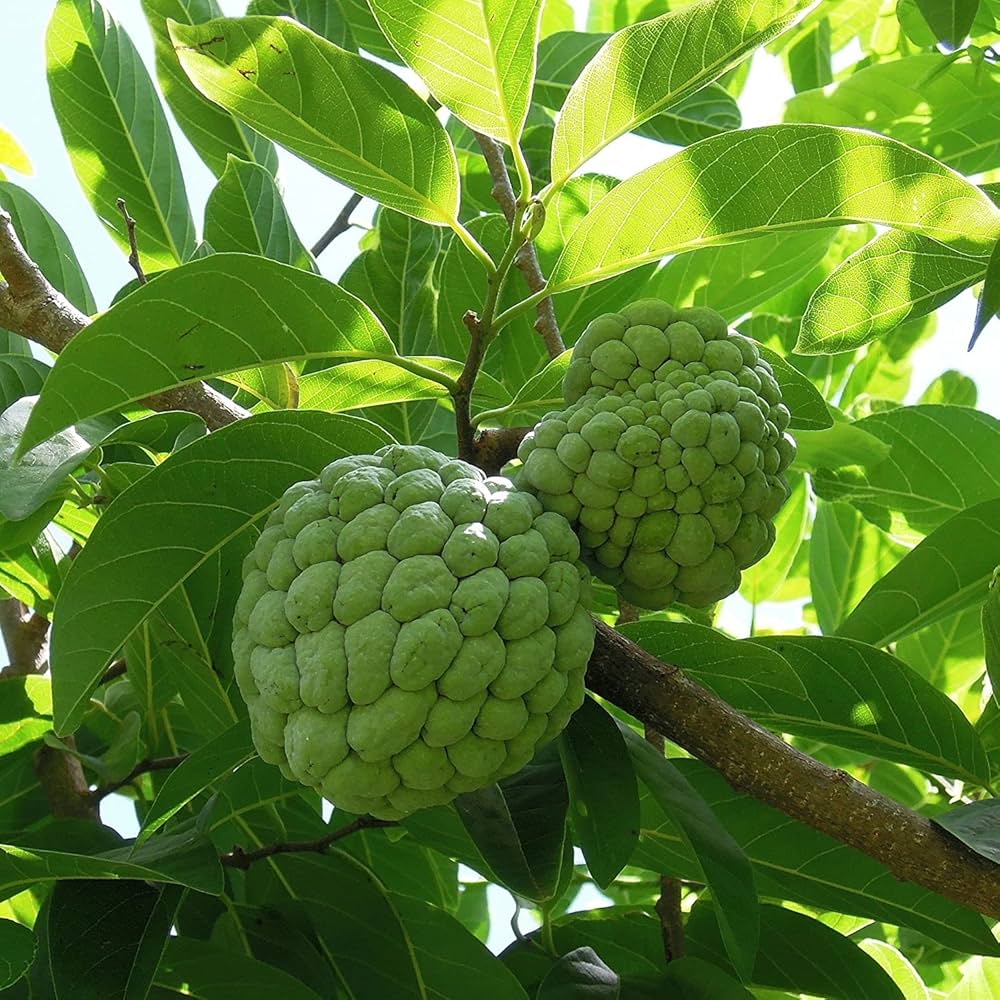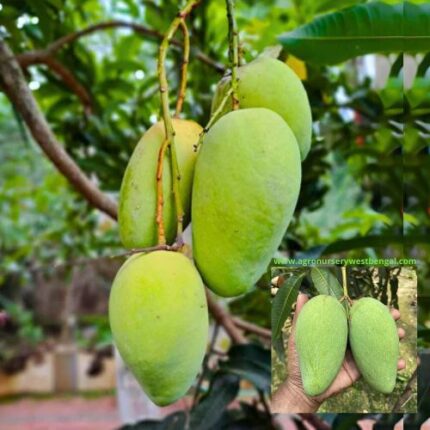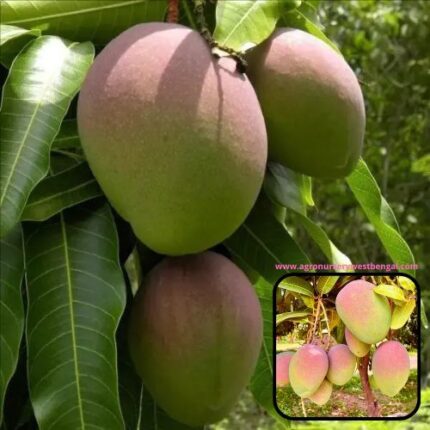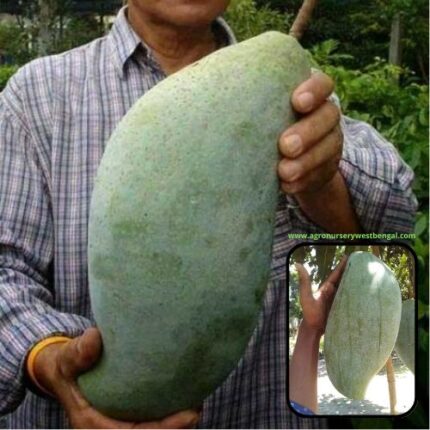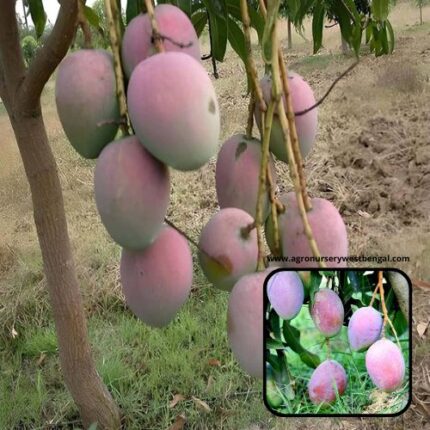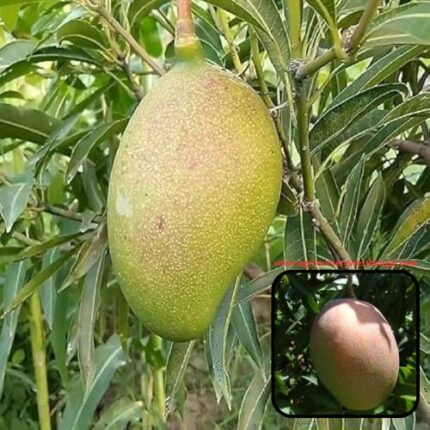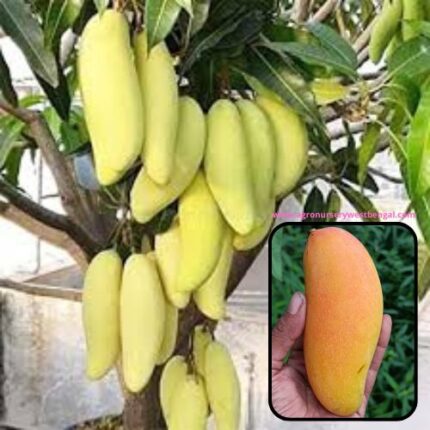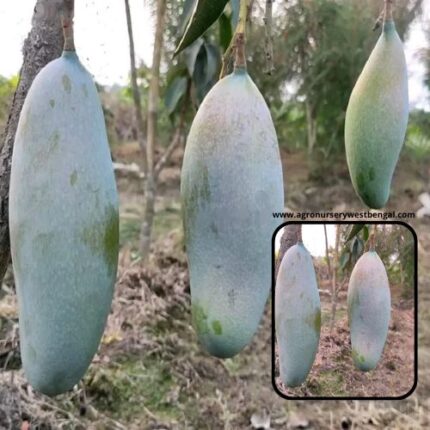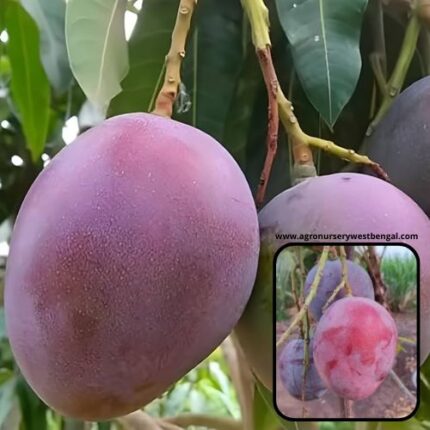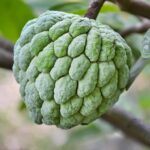
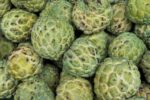
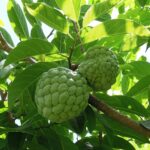
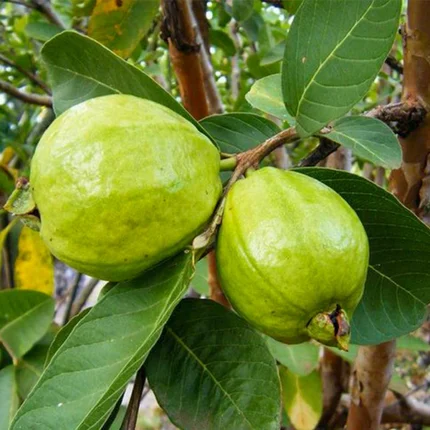
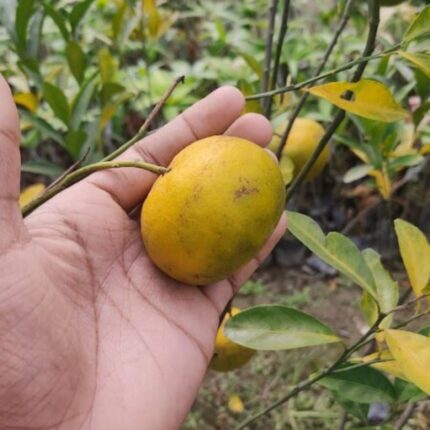
Custard apple fruit plants
₹889 Original price was: ₹889.₹499Current price is: ₹499.
“Custard Apple” is a common name used for several species within the Annona genus, which belongs to the Annonaceae family. The most frequently encountered fruits referred to as “custard apple” are:
- Sugar Apple / Sweetsop (Annona squamosa): This is arguably the most common fruit people refer to as “custard apple” in India and many other parts of Asia.
- Bullock’s Heart / Common Custard Apple (Annona reticulata): This species is also specifically called “custard apple” or “ramphal” in some regions.
- Cherimoya (Annona cherimola): Often called “custard apple” in other parts of the world, especially where it’s cultivated.
- Atemoya (a hybrid of A. cherimola and A. squamosa): Another popular hybrid.
Since you’re in Kolkata, India, the most likely “Custard Apple” you’re referring to is Annona squamosa (Sitaphal/Sugar Apple) or possibly Annona reticulata (Ramphal/Bullock’s Heart). I will describe the Annona squamosa as it’s the most common and often what people mean by “Custard Apple” in India.
Sugar Apple / Sweetsop (Annona squamosa) – “Custard Apple”
Annona squamosa is a widely cultivated tropical fruit known for its unique appearance and creamy, sweet flesh.
-
Appearance:
- Shape and Size: Typically spherical to conical or heart-shaped, ranging from 5-10 cm (2-4 inches) in diameter.
- Skin (Rind): The most distinctive feature is its knobby, segmented skin, which is composed of loosely cohering or almost free carpels (small, rounded, wart-like protuberances). The color is typically pale green to blue-green, sometimes with a deep pink blush in certain varieties. When ripe, these segments tend to separate slightly, making it easy to break open.
- Internal Flesh: The flesh is creamy white to light yellow, soft, fragrant, and resembles a custard in consistency. It’s often described as being like “a giant raspberry” in its segmented internal structure.
- Seeds: Embedded within each segment of the creamy flesh are numerous (20-40 or more) shiny, hard, dark brown to black seeds. These seeds are inedible and should be discarded.
-
Taste and Texture:
- Taste: Sweet and highly aromatic, with a rich, distinctive flavor. Many describe it as a blend of banana, pineapple, and pear, often with a hint of vanilla or a custardy taste. The sweetness is quite pronounced.
- Texture: The flesh is soft, juicy, and very creamy, with a slightly grainy quality due to the small aggregates of pulp. It literally melts in your mouth, which is why it’s best eaten with a spoon when fully ripe.
-
Botanical Characteristics and Origin:
- It grows on a small, multi-branched deciduous or semi-evergreen shrub or small tree, usually 3-8 meters (10-26 feet) tall.
- Native to the tropical Americas, it was introduced to Asia (including India) before 1590 and is now one of the most widely cultivated Annona species globally.
- It prefers tropical lowland climates and is sensitive to cold and frost.
-
Seasonality (in Kolkata/India):
- Custard apples in India are primarily a monsoon and post-monsoon season fruit. They are typically available from August to November/December, with peak availability around September and October.
-
Nutritional Value and Health Benefits:
- Custard apples are nutritious. They are an excellent source of:
- Vitamin C: Boosting immunity and acting as an antioxidant.
- Manganese: Important for bone health and metabolism.
- Dietary Fiber: Aiding digestion and promoting gut health.
- B-complex vitamins: Particularly Thiamine (B1) and Pyridoxine (B6).
- Potassium and Magnesium: Important for blood pressure regulation and muscle function.
- They are also a good source of energy due to their natural sugars.
- Custard apples are nutritious. They are an excellent source of:
-
Culinary Uses:
- Fresh Eating: The most common way to enjoy custard apple is fresh. It’s usually peeled (or broken open at the segments) and the creamy pulp is scooped out with a spoon, carefully avoiding the seeds.
- Desserts: The sweet, creamy pulp is excellent for making:
- Ice cream and sorbets
- Milkshakes and smoothies
- Puddings and custards
- Added to fruit salads
- Juices: Can be blended into refreshing juices, often strained to remove the seeds.
When choosing a custard apple, look for one that feels soft to the touch, similar to a ripe avocado or peach. The segments on the skin should show a slight separation. Avoid fruits that are bruised or have dark, mushy spots

